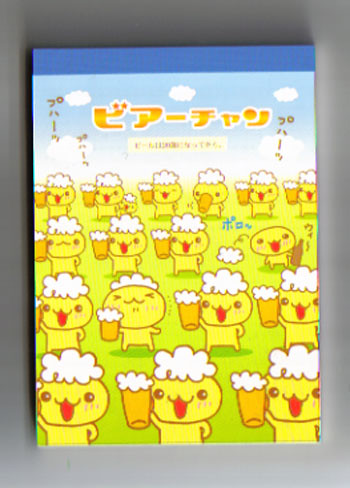[youtube=http://www.youtube.com/watch?v=9hVxgVNdmmM]
Hello Kitty seems to be falling on tough economic times — at least according to the New York Times. This is despite her appointment in 2008 as the Japanese official ambassador for tourism. Unlike many other brands, as The Learned Fangirl, stated at the time of her ambassadorship,
One of the oddly interesting elements about Hello Kitty is that there isn’t a starting product; she is a brand of kitty cuteness, the epitome of kawaii.
Kawaii — the idea of ultimate cuteness and the acquiring of this status — is what has propelled Hello Kitty and her business overlord (Sanrio) into a Japanese brand phenomenon, worth $5 billion a year. Perhaps Japanese and worldwide audiences are tiring of the need for sweet after 36 years, but that isn’t the entire story.
At least according to Steven Colbert’s reportage on the new Hello Kitty wine, demonstrates that Kitty is being marketed to all, not just as a childrens’ character (though the Hello Kitty licensed vespa and MAC cosmetics should have made that clear!).


However, her general ubiquity has led to several strange official branded products, including the recently launched wine, and a massager (the licensing history discussed on Hello Kitty Hell), but not guns.

And if you still haven’t read enough about the economics of Hello Kitty, there is Hello Kitty: the remarkable story of Sanrio and the billion dollar feline phenomenon by Ken Belson and Brian Bremner. Or you can watch this video by Ken Belson about Hello Kitty from the Asian Art Society and the Japan-America Society of Indiana.



